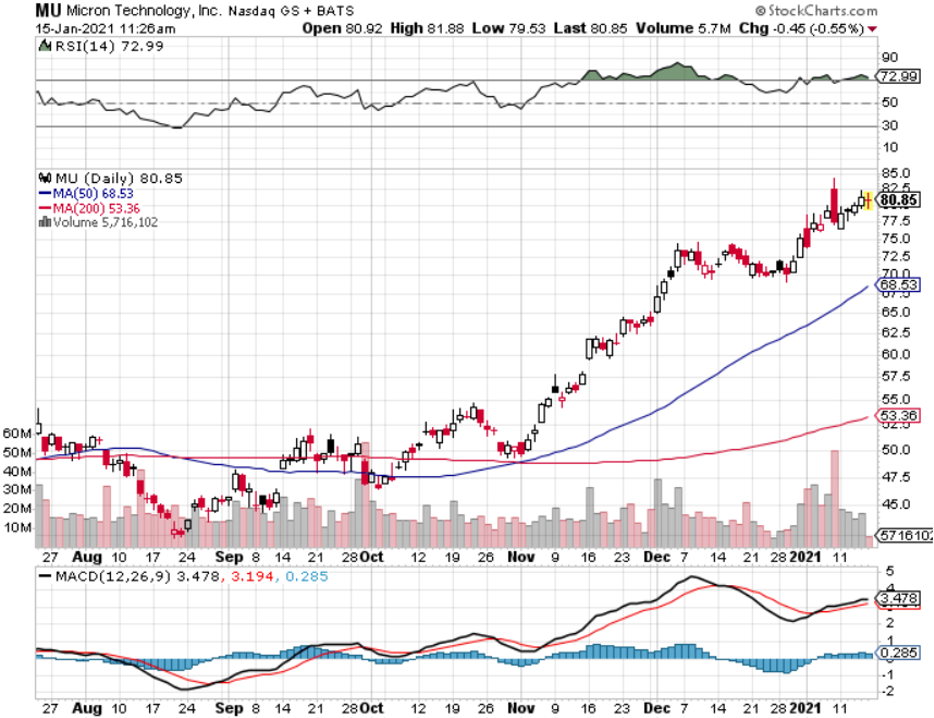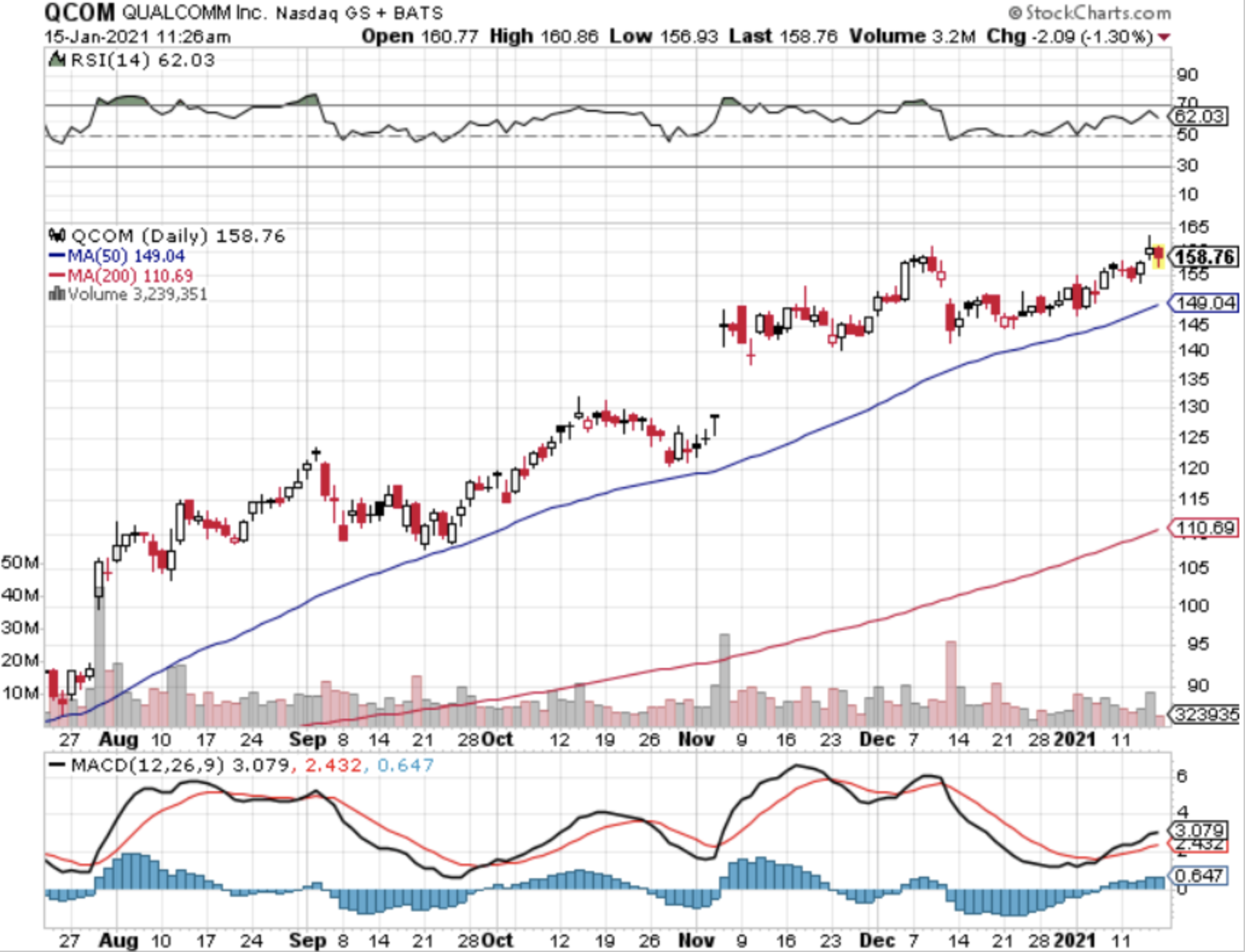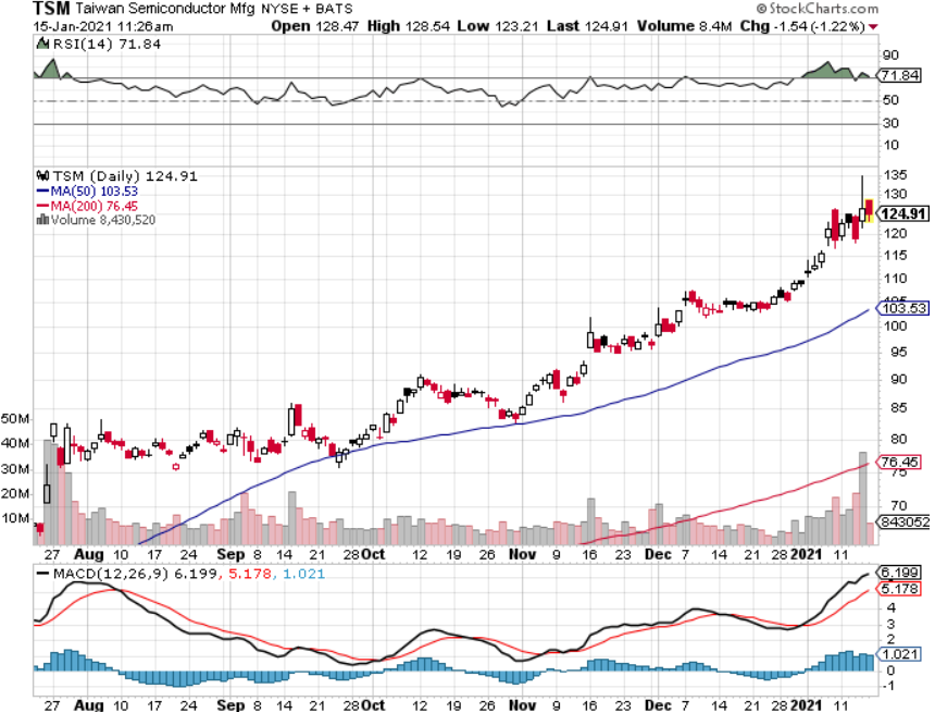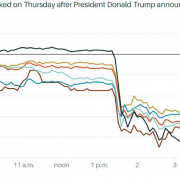Cutting edge smartphones and uncontrollable demand for more data-center processing power means equipment manufacturers will need to include significantly more dynamic random access memory (DRAM).
One of the most influential DRAM manufacturers is Micron (MU) and they are poised for a breakout, which is why I executed a call spread with a February expiration.
Micron just so happens to be the best of breed for DRAM which should elevate the stock to higher highs.
Micron’s DRAM is a must-have input into fueling artificial-intelligence and machine-learning applications, next-generation videogame consoles, and in 5G phones, which typically contain more storage and memory than the prior generations of handsets.
The sudden surge for DRAM and other semiconductor products is setting up a year in which capacity is failing to keep up with demand.
End manufacturers are piling on heaps up pressure on the chip companies to procure the chips they need to produce everything from cars to consumer electronics.
The uptick in demand means that prices for semiconductor products are skyrocketing and this could start to turn into a bottleneck for chip companies that cannot fulfill orders.
There is no panacea to the situation.
There is no switch to turn on to add new chip-making machinery.
It’s an expensive and time-draining exercise that includes ordering half a year out, and even longer now.
There has been a deal-making bonanza lately with Qualcomm (QCOM) acquiring NUVIA for $1.4bn and other deep pockets investors looking to pick off the next chip company to flip.
Taiwan Semiconductor Manufacturing Co. (TSM), the world’s largest contract chipmaker, said it was working with the car industry to address critical shortages.
This will mean a wave of capital investment into new factories that can produce chips.
The boom – bust cycle is starting up again.
The pandemic has had a helping hand in the supply crunch with the demand for laptops because of remote work exploding.
There is simply a heightened appetite for cloud-computing services and the data centers behind them.
U.S. restrictions on Chinese telecom giant Huawei Technologies Co. led competitors to hoard chips and charge excessively for highly sought for parts.
With a severe lack of chips, automakers and consumer-electronics manufacturers are competing for every bit of limited manufacturing capacity.
Corporations are starting to feel the domino effect with Ford Motor Co. announcing it would temporarily furlough a factory in Kentucky this week because of chip shortages that has also led some competitors to change production plans.
The situation is getting so bad that companies are now asking for as much as they can get demanding two years’ supply of chips; and General Motors Co. last month asked suppliers to stockpile a year’s worth of chips.
Bulk orders are normal, but companies are asking for a larger delivery as the availability of chips disappears.
It has literally become a free-for-all triggered by desperation.
Lead times across the industry have risen to six months, from eight to 10 weeks before the pandemic,
For some niche chips, the lead time is up to 20 or more weeks.
Chip sales are expected to grow 6% this year, reaching a record high.
Don’t forget also that the application of chips in automobiles is still a relatively new industry.
Cars didn’t need chips before, but as Tesla has shown you, cars are now iPads on wheels, tricked out with the latest gadgets.
Powerful entertainment systems and driver-assistance functions like rear cameras can’t function without chips.
This all means more demand in a world where companies are fiercely on the prowl for more chips.
Production cycles are long, the development cycles are even longer and there are reliability requirements that increase the cycle times.
Companies can’t just slot in older, weaker chips to power these high-octane systems without reducing the quality significantly.
Chip companies have rung the alarm bells and admitted this dearth of supply won’t be fixed this year.
The demand is so high that the shortage could last until 2023.
Of course, some companies are nimbler than others but in general, this capital-intensive process is like a monolith and moves incredibly slowly.
The bottom line is that these confluences of external and internal forces mean that chip stocks will go higher in 2021.







